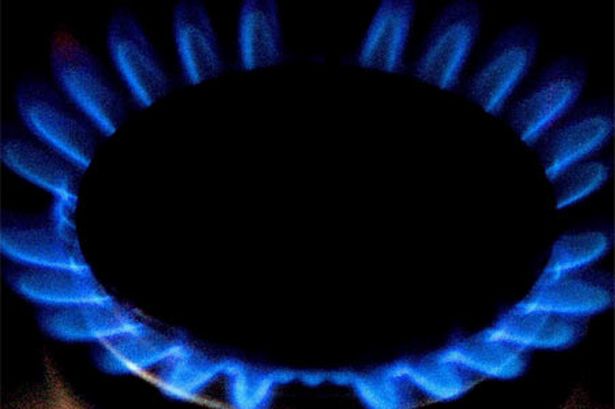
For British consumers, E.ON is a household name – one of the big six energy suppliers in the UK, with more than 12,000 staff in England and Wales. It is also one of the world’s largest electrical utility groups, with operations in over 20 countries, including the UK, Germany, France, Spain, Italy, Russia and even Brazil.
However, what are less well known of the huge strides that the company has been making in green energy, and particularly in the UK. Overall, the company is the third-largest operator of offshore wind farms in the world – they own more than 650 MW of capacity. In fact, they have seven offshore wind farms in Europe, with another two under construction. Impressively, four of these operating wind plants are in the UK, and one of the two farms in the construction is also in the UK.
The London Array
Perhaps the jewel in E.ON’s offshore crown is the London Array. Located just off the coast of Kent, this is the biggest offshore wind farm in the world. The facility, which started to generate power in 2013, has an astonishing 175 wind turbines, generates enough power for 500,000 homes in the UK, and is estimated to reduce carbon dioxide emissions by approximately 1.9 million tonnes every year. Construction was completed in an amazingly short two years, with the foundation for the first turbine being installed in March 2011, and the form becoming operational in July 2013. When construction was at its peak, more than 1000 people and 60 ships were involved in the project.
Onshore wind power
The company has also established a leadership position in onshore wind power, and is now amongst the 10 top onshore wind operators in the world. Around the world, the company has 4000 MW of onshore wind power generation capacity, with approximately 1500 MW in Europe, and 2500 MW in the United States. In fact, it operates one largest onshore wind parks in the world in Roscoe, Texas – with a generation capacity of 782 MW, this behemoth covers an area that half the size of New York City. E.ON intends to continue aggressive expansion in the US because the geography is well-suited for wind power, but also says that it is focusing on Northern Europe for future wind power expansion, and on the UK, Poland and Scandinavia in particular.
Biomass
However, the company is not limiting its efforts to the wind. Biomass is another key component of its renewable energy strategy, and much of that investment has come in the UK. By fermenting organic matter to produce natural gas, E.ON is creating a renewable closed-loop system, where carbon emissions are offset by carbon capture that happens when the organic matter is grown. Notably, E.ON is also engaged with a project that uses algae to consume CO2 directly and convert it to biomass – early results have shown that this creates green fuel 10 times faster than growing crops.
The company’s biomass strategy, however, is not just a laboratory experiment. They have already opened Scotland’s biggest biomass plant – Steven’s Croft – which powers 70,000 homes and reduces greenhouse gas emissions by as much as 140,000 tonnes every year. Further plants are planned at Blackburn Meadows and at Portbuy Dock – which will be one of the largest biomass plants in the UK.




